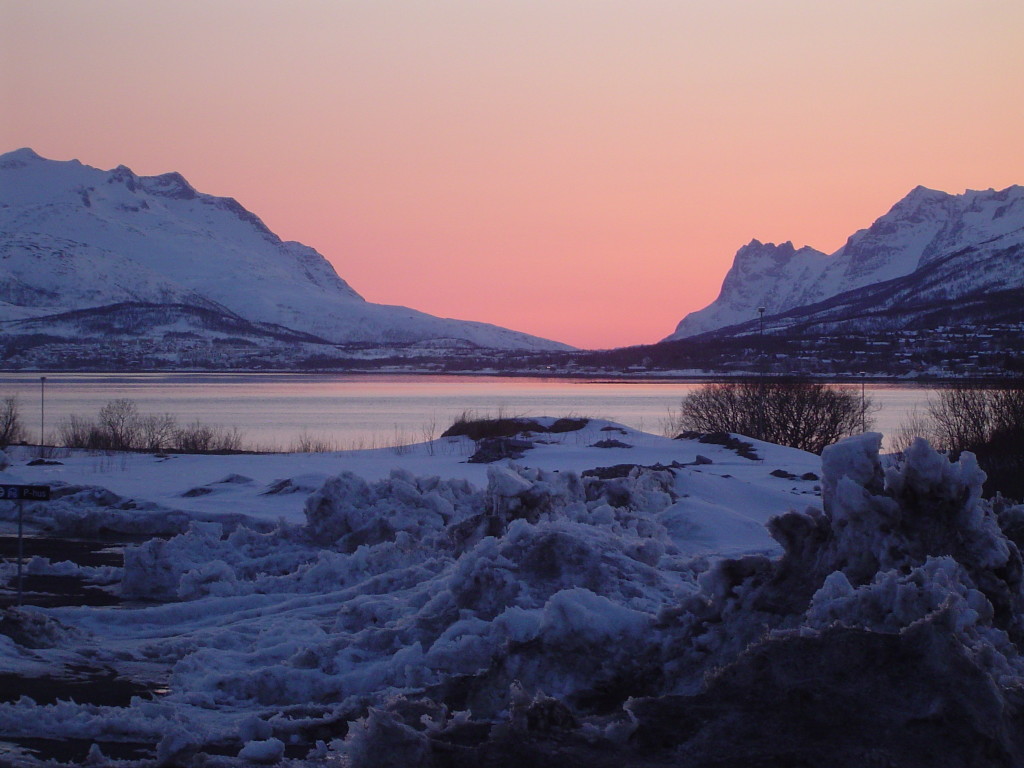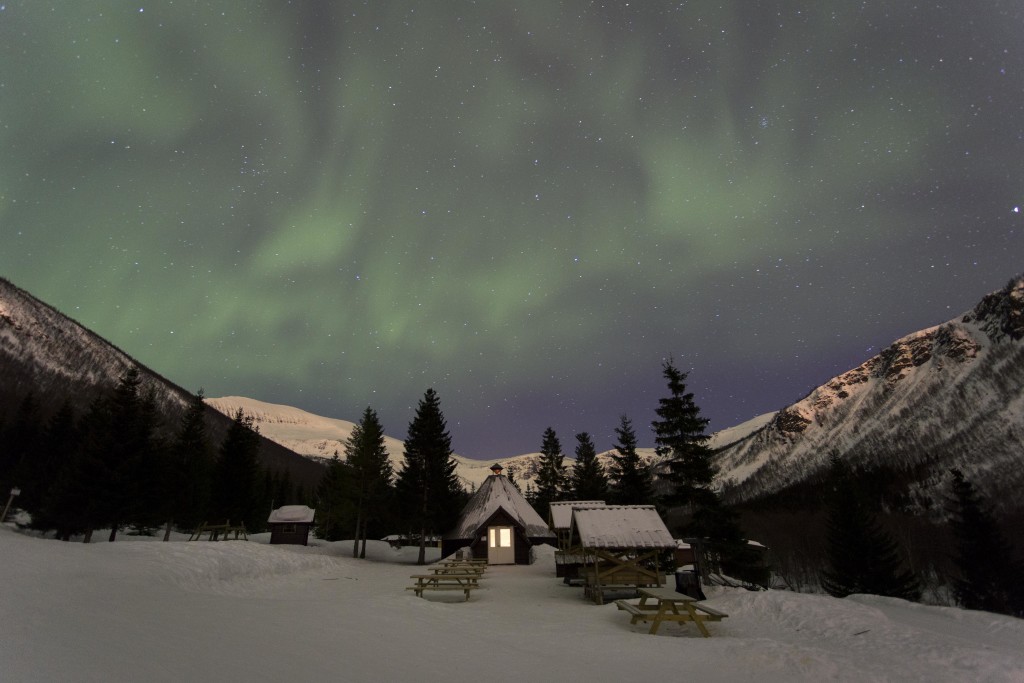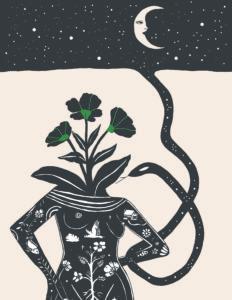In many ways, my search began on YouTube, that ubiquitous archive of modern life in all its glamour and grime. I am a strong believer in the process of the “YouTube wormhole,” a spiritual practice (should you choose to view it as such) in which a person watches a video and then selects a subsequent clip that is provided by some higher-power algorithm on the page’s side panel. This process can be repeated ad nauseam or, at least, until more concrete scheduled commitments beckon one’s attention (though once you go down the wormhole, you’re probably going to be late to wherever you have to be next). As a viewer, you surrender control and allow the waves of inter-ether to pull you out to sea, one Jimmy Fallon clip at a time. It will not be long before you find yourself in the more cobwebbed, less pixeled corners of our collected experience. Like answering a question you hadn’t thought to ask or traveling to places you hadn’t thought to go, these wormholes are not altogether different from chaos theory or the Buddhist practice of non-attachment. It was in just this way, deep down into one of these very wormholes, that I heard my first joik.
With no context and no understanding of who, where, and when a joik came from, I was strangely hypnotized by what I thought were songs, sung in a language of which all words seemingly began with the letter L. A subsequent Google search did little to illuminate the properties of a joik in a way I could understand. I read about how joiks are one of the oldest surviving musical traditions in Europe, distinct to the Sámi people of Sápmi, which is a region that spans the northern tips of Norway, Sweden, Finland, and Russia. Who? Where? My imagination revved its engines. Using little or no lyrics, a joik might evoke a person, place, or reindeer. What? How? Video after video, I was completely entranced by the melodies that seemed to soar in one moment and growl in the next. Joik highlight reels gave the impression of a chant sung for thousands of years but also improvised in each moment. The people who sang these joiks were dressed in a vibrant palette of colors—royal blue and lingonberry red, yellow tassles, silver plates pinned to their tunics, shoes made of reindeer hide and turned up at the tips. Like Santa’s elves, like a fairytale that survived the 20th century, like a song I’d heard before, like a portal into the caverns, tunnels, edges, and mirrors of a single snowflake.
*
 About one year after I saw my first joik on YouTube, I stepped off the bus in winter-white Tromsø, Norway. My journey to get to the Arctic Circle was a hilariously winding quest made possible by patient friends, family, and a generous research fellowship. The story spans more than 10 countries and daily existential crises, and it features a blind goat farmer, disturbing amounts of pickled herring, and a few near-death experiences on frozen fjord highways. I had arrived in time for Holy Week, a big deal in Sápmi, and was determined to find my way to Kautokeino (the Sápmi capital), where an annual joiking festival, the Sámi Grand Prix, was held each year.
About one year after I saw my first joik on YouTube, I stepped off the bus in winter-white Tromsø, Norway. My journey to get to the Arctic Circle was a hilariously winding quest made possible by patient friends, family, and a generous research fellowship. The story spans more than 10 countries and daily existential crises, and it features a blind goat farmer, disturbing amounts of pickled herring, and a few near-death experiences on frozen fjord highways. I had arrived in time for Holy Week, a big deal in Sápmi, and was determined to find my way to Kautokeino (the Sápmi capital), where an annual joiking festival, the Sámi Grand Prix, was held each year.
A few days after I arrived in Tromsø, a friend of a friend offered me an extra space in a van that was headed to Kautokeino for the festival. Never one to question divine intervention, I hopped in a car with two complete strangers named Lone and Isabelle for eight hours, thanking both the old gods and the new. Our route to Kautokeino took us inland from the sounds of Tromsø, crossing into Finland briefly and then passing into Norway once more, into the heart of the North. Along the road, the tree line was sparse and the hills rolled like frozen waves. Small settlements peppered the pale countryside. As our giant blue van hiccupped around each turn and groaned as the temperature dropped along with the sun, I craned my neck to catch the passing landscape, periodically wiping the clouds of my breath from the windowpane to see stars sprinkled across the firmament, reflecting their light onto the silver-speckled snow that glittered quietly in the wake of the van’s headlights.
*
In measured time, the trip was five days. 120 hours. Objectively speaking, it was a short window to be in a new place, though I had come to understand that time played by different rules this far north. In Kautokeino, it seemed as though a single moment might last for years, that a minute might simultaneously speed away while remaining frozen forever. There, time was a rubber band. Time, a giant stone.
I spoke with many people during this five-day infinity in Kautokeino. A shaman taught me to drum and fed me breakfast. I ate cumulous amounts of reindeer meat and learned to suck the marrow out of the bones. And I learned about Sámi dislocation—horror stories about the Norwegian government, forbidden language, and the sterilization of some Sámi women in Sweden in the early 20th century.
 In the dark, there were wisps of northern lights, sleigh bells with a softness that echoed along gravel roads. There were joiks everywhere—on stage at the festival, at the pub over drinks, in the kitchen after supper. All the while, I tried to understand. “It’s something we do sometimes,” a man named Issac explained. “It’s like saying ‘I love you’ or ‘I hate you,’ but instead it’s ‘I joik you.’” A herder can joik his love for his reindeer and simultaneously joik his trouble with women. A joik is a revolutionary act in the face of cruel government and religious henchmen.
In the dark, there were wisps of northern lights, sleigh bells with a softness that echoed along gravel roads. There were joiks everywhere—on stage at the festival, at the pub over drinks, in the kitchen after supper. All the while, I tried to understand. “It’s something we do sometimes,” a man named Issac explained. “It’s like saying ‘I love you’ or ‘I hate you,’ but instead it’s ‘I joik you.’” A herder can joik his love for his reindeer and simultaneously joik his trouble with women. A joik is a revolutionary act in the face of cruel government and religious henchmen.
Orla, a professor, explained that everything has a spirit and that joiks are of this spirit, a means to enter other realms, an active process, a vehicle for trance. A joik has no beginning or end. A joik is the sound of impulse, a fleeting connection. It is the liminal space where a person enacts a memory. A joik is found in the margins. It is a portrait without parameters. I was told that a joik always has a subject, but you don’t joik about something; you joik it. A joik plays with the elasticity of time and then collapses it—an act of summarizing and elaborating. A joik is a way to remember.
*
I smiled a lot in Kautokeino. With joiks in every direction, I kept asking myself over and over: to whom to whom to whom? Every joik has a subject. A joik is that subject. I went around and around in circles. I listened tirelessly. There was always another question. Slowly, I began to realize that, try as I might, I would never truly grasp the concepts to which I was witness. Not completely, anyway. It was a lesson in global citizenship: This was not my culture, not my tradition, and I will never totally understand. It was also a lesson in humility. I don’t know is never an easy answer to digest, especially after years of research and months of grueling travel. I had wanted to return home with a nugget of truth, a gem of understanding to share. I knew I would be returning home with pockets full of more questions.
With this realization, there also came a sort of inherited grief. The line between hearty embrace and cultural appropriation is a dangerous one. Surrounded by the landscape, the reindeer, the people, and the colors of Sámi culture was to understand that as a fourth-generation Caucasian American, my native tradition was lost. What the Roman Empire and Christianity didn’t eradicate, the trip to America did, and from those shores there is no hope of return. Who are we when the trees our ancestors planted have been cut down? When the roots have dried up and we are left to make meaning out of the hollow bones of consumerism? These thoughts continue to haunt me. There are certain acts that cannot be fixed. We have so much to learn from indigenous groups like the Sámi who have survived the onslaught of government, religion, and misconceptions. I went to Sápmi to learn, to gain some sort of “takeaway,” but it should never have been about taking. People regularly ask me about my time in the Arctic, to provide some sort of insight. Without admonishing honest curiosity, it must be said: I have no right to speak for the Sámi. Look instead to the Märak Sisters, Berit Alette Mienna, Sofia Jannok, and organizations like Giron Sámi Teáhter. My efforts to understand joiks were misguided, but while I was there I had the opportunity to speak to political activists and eloquent storytellers, herders and mothers and craftsmen. Give your ears to what they have to say. Give your attention to their initiatives and concerns.
*
The sun was shining and particles of ice danced in the sky. We had begun our drive back to the city of Tromsø. Lone and Isabelle were talking in the front of the van while I sat in the back, a voluminous hardcover of Nordic mythology spread across my lap. On my head was a new hat I had traded for, made of reindeer hide and lined with fur. The moment, for lack of a better term, was one big YES. In spite of my confusion, my questions, the melancholy nature of history, and the act of leaving a place you’ll miss forever, there was a peace that went bone-deep. I was a human, accompanied in equal measure by my past and future, feeling the significance of both the minute and the humongous, knowing that I can be both at the same time. Smiling like a loony out the window, I felt myself pass through some sort of threshold, an arctic baptism. I was no longer scared of what was to come or second-guessing how I would get there. It’s all a part of what’s happening. To listen, to smell, to taste, to see, to touch—that’s why I’m here, I almost said aloud—to bear witness. Around the edges of the moment and also deep in my core, I felt it then, both within me and all around me—a joik.






